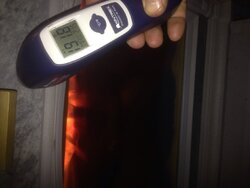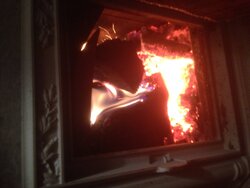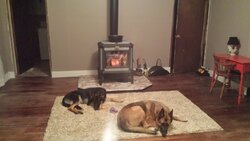"Opening the top of the PH, removing the cat, brushing it, replacing it takes all of five to ten minutes."
Not even close. Perhaps you and I have different stoves. My PH was received/installed March 2012. To clean the cat:
1. carefully remove and place on a blanket, towel (soft surface, careful not to chip) three soapstone pieces.
2. remove the metal insert and associated gasket, set aside
3. remove cat and associated gasket
4. get and setup vacuum
5. vacuum cat (and stove internals while I have the vacuum)
6. reinstall cat and carefully insert gasket with screwdriver.
7. reinstall metal insert and gasket
8, carefully replace three soapstone pieces (careful not to chip)
9. cleanup towel blanket, which is dirty from the various pieces
For whatever reason, I need to do this weekly or the cat plugs. I clean the screen weekly and never open the door unless the cat is in bypass. From what I have read, some have cat plugging problems, some don't; I am in the former category. For what it's worth Woodstock has discontinued use of the inconel screen. This would only worsen my problem.
In three years I have yet to observe any performance improvement from the cat, although I have do not deny that emissions are less.
Next year, I will probably remove the cat and the screen and operate the stove with the bypass closed to force the exhaust gas through more of the internals which should somewhat improve heat transfer.
Further interesting reading:
https://www.chimneysweeponline.com/hocats.htm
Thanks for your comments.




 Education is going to be the key for people to successfully burn cat stoves. You simply can't abuse them like you can a non cat.(have to be a responsible burner)
Education is going to be the key for people to successfully burn cat stoves. You simply can't abuse them like you can a non cat.(have to be a responsible burner) 
